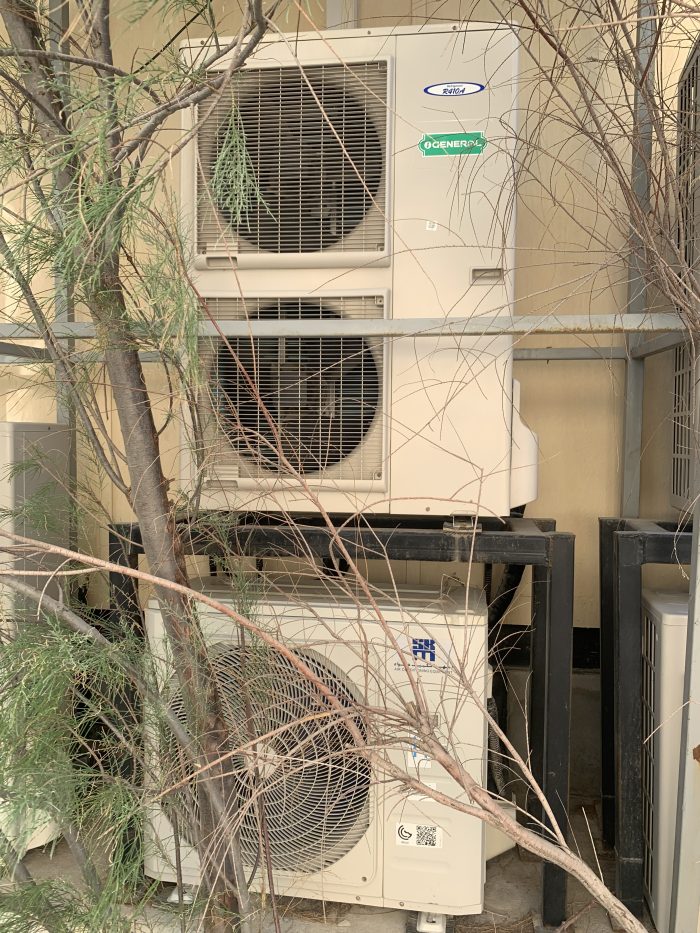New EIA research identifies major opportunities to reduce ozone and climate super-pollutants



A new paper written by EIA climate campaigners and published this week outlines significant greenhouse gas mitigation opportunities under the global ozone treaty – the Montreal Protocol.
The paper in the Journal of Integrative Environmental Issues — written by Environmental Investigation Agency (EIA) climate campaigners from its UK and US offices — highlights the important role of the 1987 Montreal Protocol in phasing out 99 per cent of ozone-depleting substances (ODS).
Since ODS are also harmful greenhouse gases, action taken under the Protocol has avoided as much as 2.5°C warming by the end of the century.

HFC-410A outside air-con units at the 2023 CoP28 clim,ate summit (c) EIA
The treaty is now primarily concerned with reducing climate-damaging hydrofluorocarbons (HFCs), which have been widely adopted as alternatives to ODS, especially as refrigerants in cooling appliances. HFCs are the fastest growing greenhouse gases, but the Kigali Amendment to the Montreal Protocol, agreed in 2016, seeks to reduce their production and consumption by up to 85 per cent by 2045.
However, a range of significant ODS and other fluorochemical greenhouse gas emissions that are unreported, unaccounted for and, in several cases, unexpected point to challenges for the Montreal Protocol. Their primary sources are feedstocks, by-products and intermediates in fluorochemical production processes which are not currently controlled.
The paper estimates that these avoidable emissions amount to almost 870 million tonnes of carbon-dioxide equivalent per year, higher than the 2022 annual emissions of Germany, Canada or Mexico.
Lead author and EIA UK Climate Campaign Leader Clare Perry said: “The Montreal Protocol is well known as the most successful environmental treaty, but it can and must do much more.
“What began as the ozone treaty can achieve some important climate mitigation, which we need now more than ever. This treaty has delivered time and again and it is simply a question of whether the political will of the Parties to the Montreal Protocol is there to do more.”
EIA US Climate Campaign Director Avipsa Mahapatra said: “The Intergovernmental Panel on Climate Change warns that our current trajectory is insufficient to cap warming at 1.5 degrees. The Montreal Protocol must ensure deep, sustained and accelerated emissions cuts through strengthened monitoring, reporting and enforcement of fluorochemical emissions and establishing a global framework to recover and destroy these super-pollutants from old equipment and products.”
The authors suggest a number of areas where strengthened controls under the Montreal Protocol can reduce fluorochemical greenhouse gas emissions, namely: